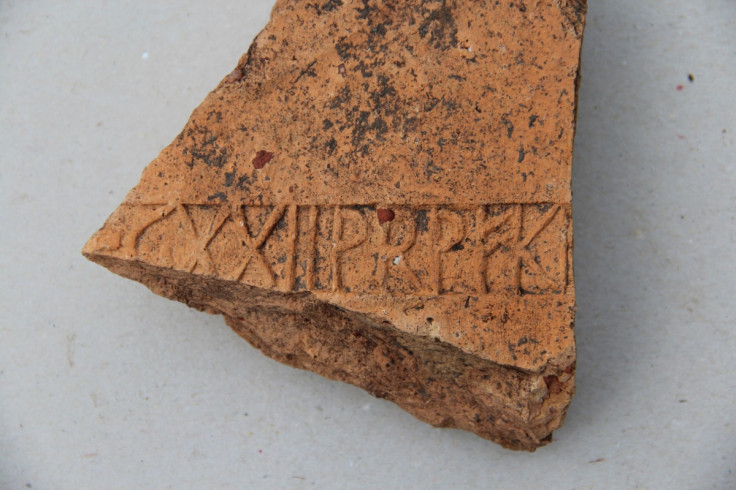1,900-year-old Roman military fort and village discovered in Germany

An archaeological excavation has revealed a Roman military fort in Gernsheim, Germany, which was then colonised by local tribes and turned into a village settlement. Professor Thomas Maurer, of Goethe University who headed up the excavation, said the Romans constructed the fort as a place from which they could launch an offensive on the areas east of the Rhine River.
A troop unit with about 500 soldiers, a cohort, was stationed here between 70AD-120AD. There were an unusually large number of finds because when the Romans left they dismantled the fort and filled in the ditches. A lot of waste was disposed of in the process, especially in the inner ditch. "A stroke of luck for us," comments Prof Dr Hans-Markus von Kaenel from the Institute for Archaeological Sciences at Goethe University.
It was long suspected that a large Roman settlement was here due to finds from the period discovered in Gernsheim since the 19<sup>th century. The summer excavation has backed up this theory by uncovering the foundations of a Roman building, fortifying trenches and other items.
One of the artifacts recovered was a brick fragment stamped with the name and number of a legion: Legio XXII Primigenia Pia Fidelis, an elite legion named after and dedicated to the goddess of fortune, Fortuna Primigenia.
"We now know that from the 1st to the 3rd century an important village-like settlement or 'vicus' must have existed here, comparable to similar villages already proven to have existed in Groß-Gerau, Dieburg or Ladenburg", Dr. Thomas Maurer said.

Maurer and his students in his Archaeology and History of the Roman Provinces class found the stone building foundation, two wells, cellar pits and fire pits. They'll examine shards of ceramics of various qualities using scientific methods to more precisely establish a date of the village and its fort. They also found a coin from Bithynia in Anatolia, which was probably a souvenir rather than used as currency.
"We've also found real treasures such as rare garment clasps, several pearls, parts of a board game (dice, playing pieces) and a hairpin made from bone and crowned with a female bust," Maurer said.
The people who settled in the village around the fort were primarily family members of the soldiers and tradespeople who benefited from the purchasing power of the military.
"A temporary downturn probably resulted when the troops left – this is something we know from sites which have been studied more thoroughly," Maurer adds. However, stone buildings were already erected in the "Gernsheim Roman village" during the 2nd century, which suggests that the settlement was prospering. The population probably had mainly Gallic-Germanic origins.
© Copyright IBTimes 2025. All rights reserved.






















